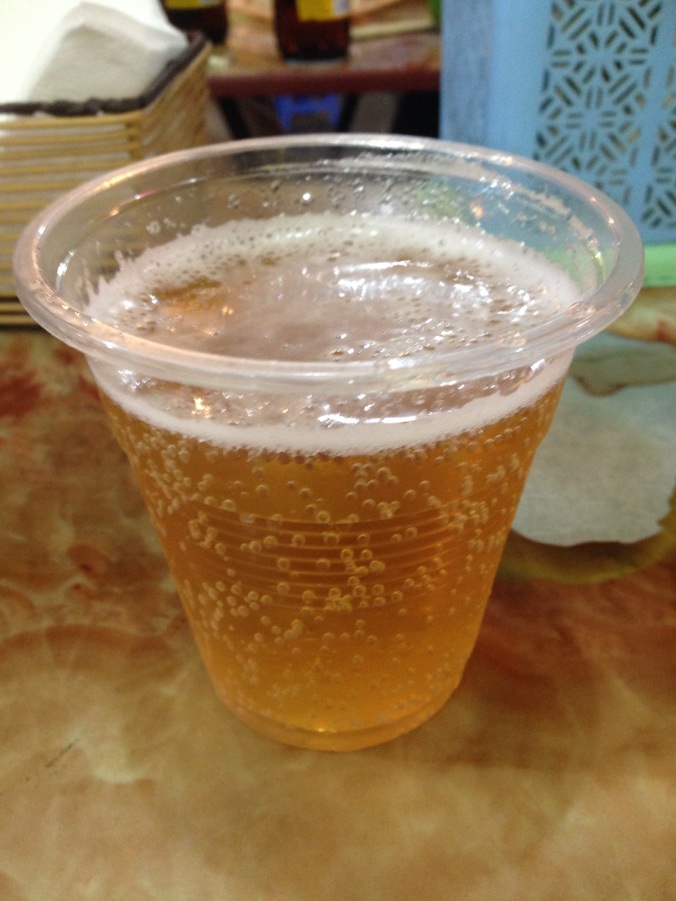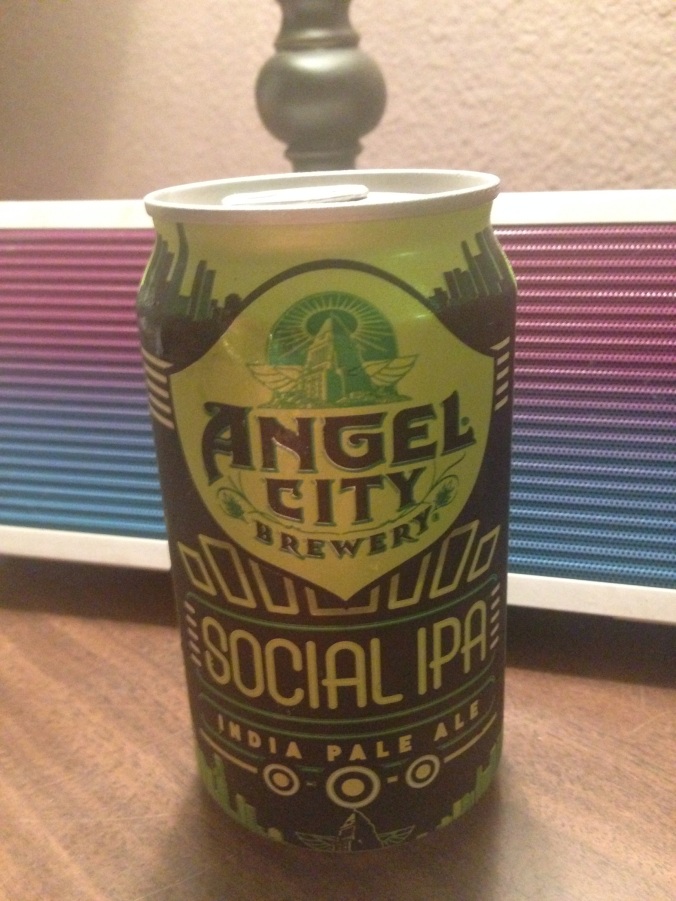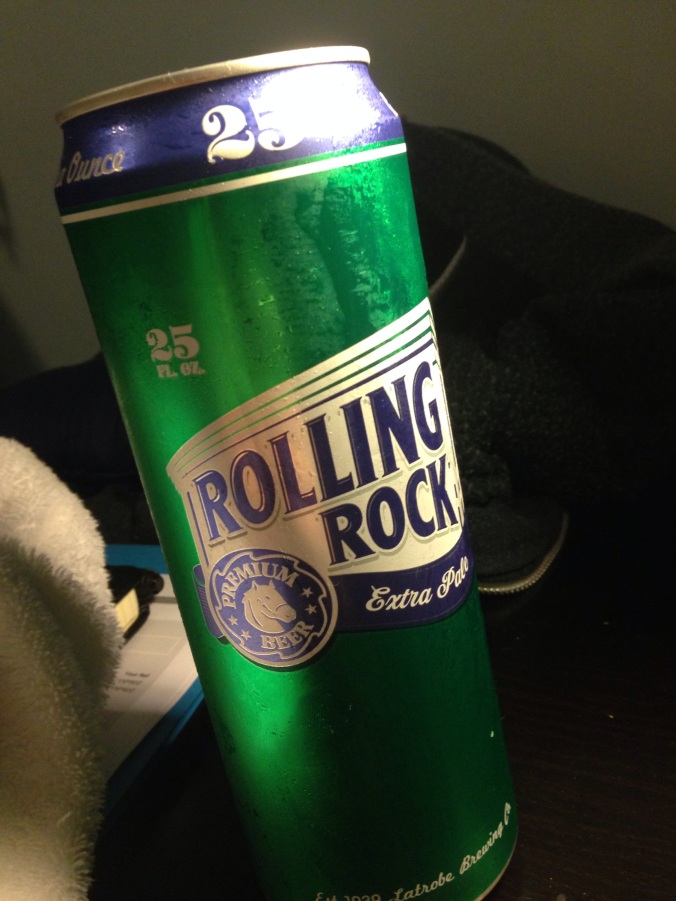The other day I had the pleasure of trying a very unique beer. In fact this beer is served in only one pub in the world. The pub is a real life realisation of a fictional creation by the one and only JRR Tolkien. That’s right, the Green Dragon in Hobbiton.
As part of the entry price to Hobbiton you get a full tour and a complimentary drink at the end. Awesome! Then came the hard part. There were four drinks to choose from and we were only allowed to pick one. On offer were the following;
Girdley Fine Grain South Farthing Amber Ale
Smell: Caramel, tangelo, herbal
Taste: Light, malty, sweet
ABV:3.7%
Description- We brewed our Amber ale with a classic English bitter in mind. This beer is about rich caramel malts and is the perfect ale to relax with after a long journey.

Oatbarton Brew Traditional English Ale
Colour: Black
Smell: Chocolate, coffee, vanilla
Taste: Roastieness, chocolate
ABV: 5%
Sackville Cider Apple Cider
Colour: Golden delicious yellow
Smell: Vinous, Granny Smith apple
Taste: Tart, sweet, refreshing
ABV: 5.0%
Description- This cider bursts onto the palate with a balance of fruity succulence and subtle tartness. The finish is crisp and will satisfyingly quench any thirst after a hard day in the field.
Frogmorton Ginger Beer
Ginger Beer
Colour: light bronze, cloudy
Smell: spicy ginger, zesty, sweet
Taste: sweet, tart, crisp

As much as I enjoy a ginger beer (especially with some dark rum), I opted for an alcoholic beverage.
The South Farthing Amber Ale did the trick. It was served perfectly chilled and was exactly what I needed after a turn around sunny Hobbiton. It was quite light and almost lager like. The thing I liked the most was that it was served in a ceramic mug. I’ve never drunk beer from a ceramic mug before but it works very well as a drinking vessel, mainly because I found it kept it cold for much longer then a glass.

I also managed to sneak in a few chugs of Hep’s mug of Sackville cider. It was very scrummy and like all my favourite ciders, it tasted just like apple juice.

I shall have to return so that I can try the Oatbarton Brew. Although at $75 a ticket (roughly £30) it’s not the cheapest pint in the world.

Both the beers and the cider is brewed exclusively for Hobbiton by the Good George Brewery in Hamilton. I hear the brewery is definitely worth a visit if you ever find yourself there. I think I might have to add it to the itinerary.




































